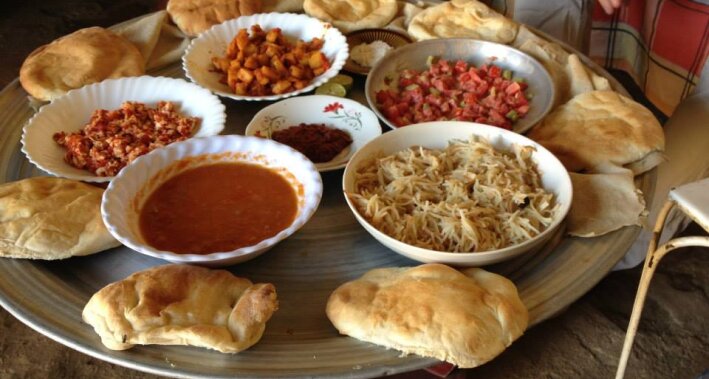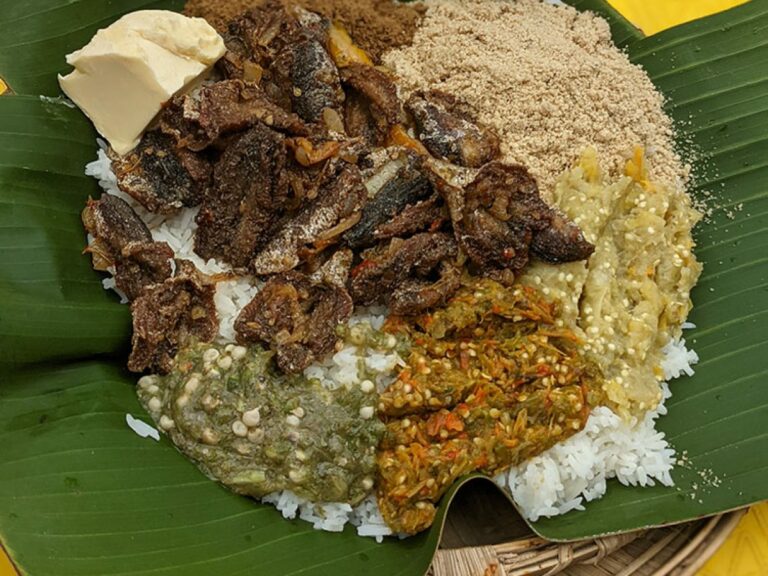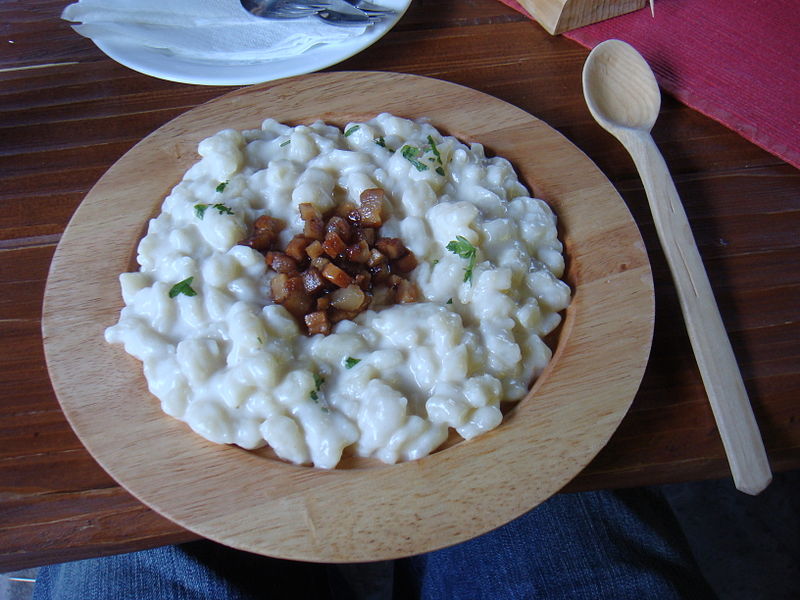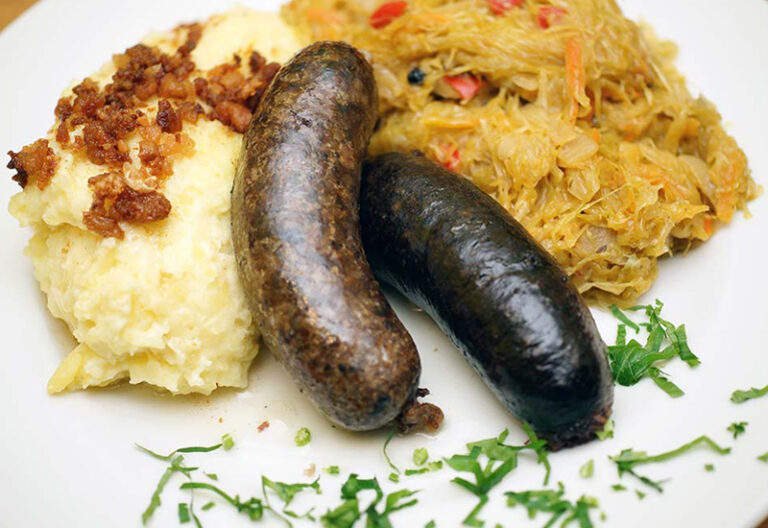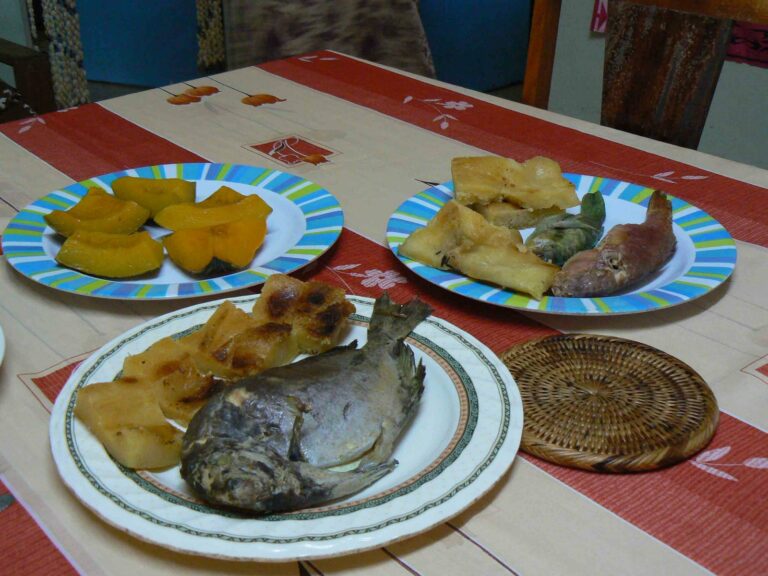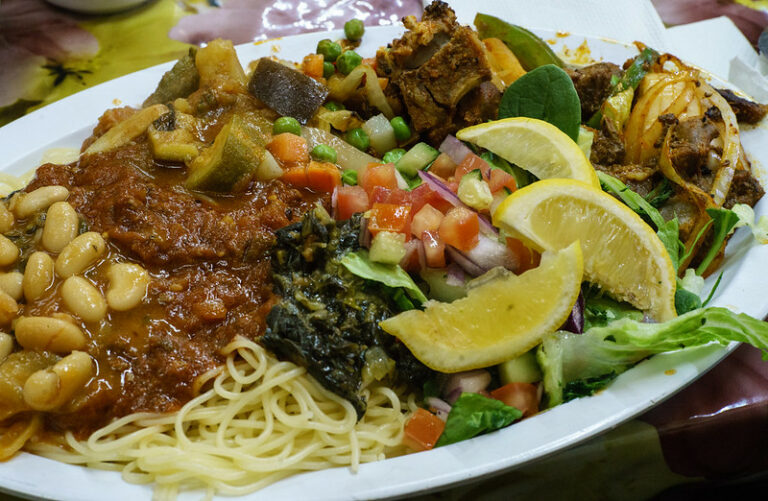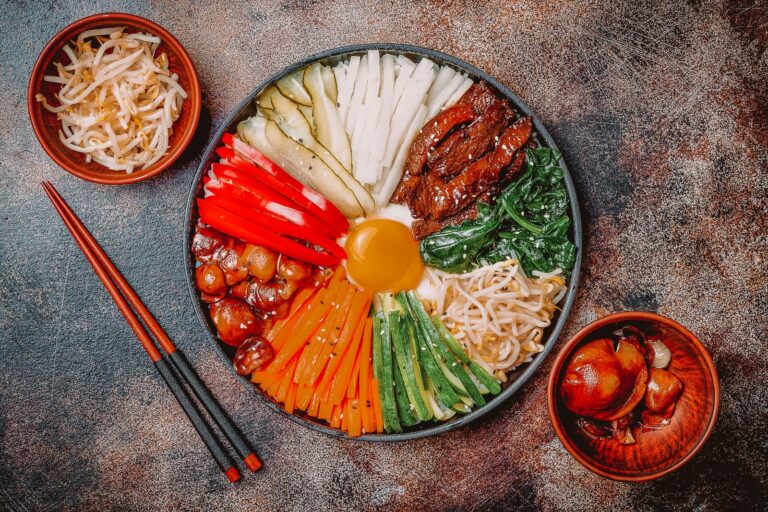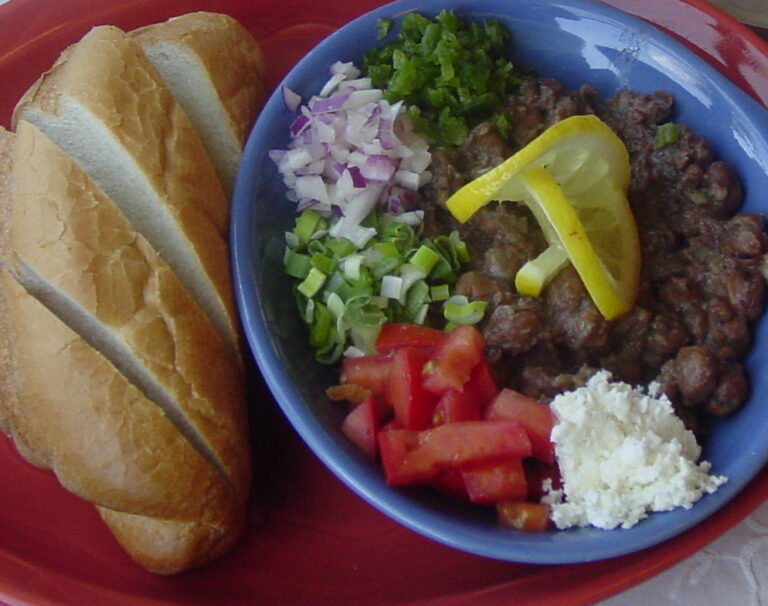Introduction: Street food in Sudan
Street food is an essential part of the Sudanese food culture and is deeply ingrained in the country’s culinary history. It is a popular and affordable option for locals and tourists alike, with vendors lining the streets and markets selling a variety of delicious and unique dishes. Street food offers tourists an opportunity to experience authentic Sudanese cuisine and get a glimpse into the local way of life.
Accessibility of street food for tourists
Street food in Sudan is relatively accessible for tourists, as vendors can be found in most cities and towns throughout the country. However, the language barrier can be a challenge for non-Arabic speaking tourists, as many vendors may not speak English. Additionally, some areas may not have designated dining areas, so tourists may need to eat their food while standing or find a nearby bench or wall to sit on.
Popular street food options for tourists
Some of the most popular street food options for tourists in Sudan include falafel, kisra (a type of bread), ful medames (a dish made from fava beans), and shawarma. Other popular dishes include grilled meat, fish, and vegetables, as well as a variety of sweet treats such as baklava and kaimati (deep-fried dough balls covered in syrup).
Health and safety concerns for street food
While street food in Sudan can be delicious, it is important for tourists to exercise caution when eating from street vendors. Some may not follow proper hygiene practices, so it is essential to choose vendors who appear clean and are handling food safely. Additionally, it is advisable to avoid raw or undercooked meat and seafood, as well as unpasteurized dairy products.
Cultural significance of street food in Sudan
Street food in Sudan is much more than just a meal; it is a significant part of the country’s cultural identity. It reflects the diversity of Sudanese cuisine and serves as a way to bring people from different backgrounds together. Street food vendors often take pride in their craft and may have been in the business for generations, passing down family recipes and techniques.
Recommendations for tourists seeking street food experiences in Sudan
Tourists seeking to experience street food in Sudan should research popular food items and vendors before their trip. It is also advisable to bring cash, as many vendors may not accept credit cards. Tourists should be adventurous but also exercise caution when trying new dishes, and always follow basic food safety guidelines. Most importantly, tourists should embrace the culture and community surrounding street food in Sudan and enjoy the unique culinary experience.

